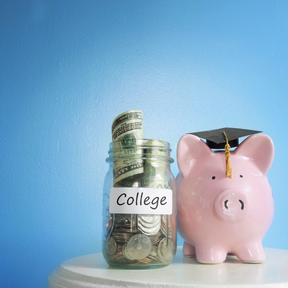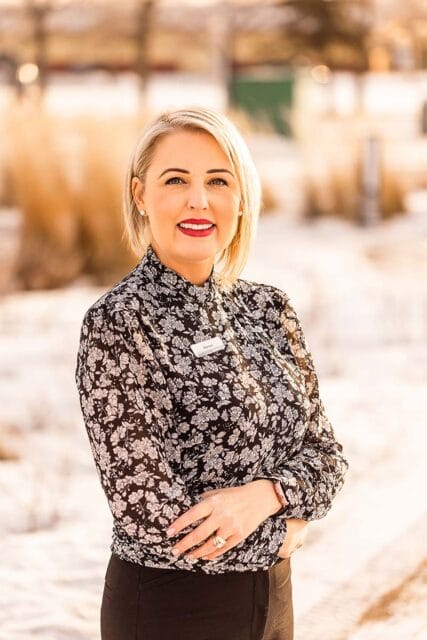
RESP Or TFSA? A Primer On Saving For Your Child’s Education In Canada
It’s easy to shut out the noise about rising tuition costs when your kids are still trying to navigate the early years of grade school. But ignoring the conversation altogether does a disservice to you further down the road.
In Canada, the average tuition cost for university – before the cost of books, travel and supplies – sat around $6,500 for the 2017-18 year rising to between $8,000 and $22,000 for higher-cost programs in medicine and law, according to Statistics Canada. And it’s consistently on the rise. Tuition costs 40 per cent more than it did a decade ago.
But the price tag comes with a benefit. Research from organizations like the OECD, has shown that people with a post-secondary education often out-earn, and outperform peers without some form of post-secondary education.
For a parent who sees the value, the question then becomes: what’s the best way to save for your child’s education?
RESP or TFSA or both?
I often point to two vital tools for building your child’s education: the Registered Education Savings Plan and the Tax-Free Savings Account. Both allow your after-tax contributions to grow sheltered from tax while that money is held in the plan. But both also come with their own unique set of rules.
Let’s start with the RESP – a plan set up to be used specifically for education expenses. With a RESP you can contribute up to $50,000 per child. The main draw with the RESP is government-matching under the Canada Education Savings Grant (CESG) – which pays up to 20 to 40 per cent on the first $500 of annual contributions (dependent on your family income) and 20 per cent on the next $2,000. The maximum annual matching amount falls between $500 and $600 with a lifetime limit of $7,200 per child.
You pay tax on any growth from investments in the RESP and CESG when the income is withdrawn. If your child chooses not to go to school, there are ways to transfer the money to another child or into an RRSP – both of which I can help facilitate.
The RESP is the best spot to put the first dollar for your child’s education and opening one makes them eligible for the Canada Learning Bond if your family falls into a lower income bracket. But the TFSA shouldn’t be discounted.
Unlike the RESP, the TFSA has no stipulation over how the money can be used which makes it a solid part of a wider savings strategy for your child’s education. Suppose you want to help your child out with rent or a car to get to-and-from school? The TFSA is your vessel. The contribution limit is currently $6,000 a year, which you start earning at age 18 (since it began in 2009). You can hold all sorts of investments that are widely available in Canada together with GICs and savings accounts, and income is tax-free.
The Final Word
Both RESPs and TFSAs are great ways to save but it’s important to remember that a holistic education savings plan is comprised of a number of working parts.
Contact me to set up a strategy unique to your needs.
Shannon Luscombe
North Peace Savings & Credit Union

Shannon Luscombe is a Senior Financial Advisor with North Peace Savings and Credit Union with a decade of experience working within the Credit Union system. She moved from Vancouver Island in 2019 to be with her husband who works in the Oil & Gas industry, bringing with her, Credit Union knowledge and experience to join the NPSCU team. She has a passion for helping Members succeed in achieving their financial goals, by sharing strategies and advice gained from a combination of education and experience in the financial industry.
Shannon says “the friendly people of Fort St John have made me feel right at home here and I am loving Northern life. I enjoy exploring the Peace region and all the beauty it has to offer with outdoor hiking, biking, and kayaking.”